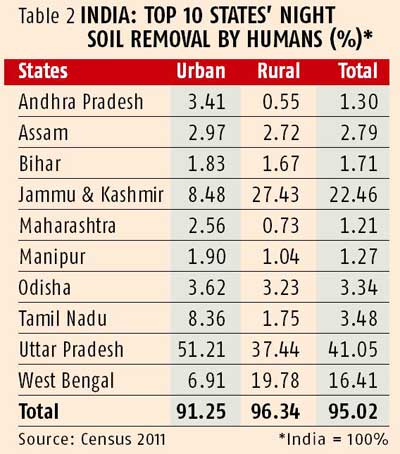
मुझे याद नहीं मैंने पानी को रोते कब देखा था
धुंए को सिगार सुलगाते कब,
लेकिन याद है लड़की को लकड़ियाँ इकठ्ठा करते देखना.
पहले उसने लकड़ियाँ बीनी
अरमानों की चिता पे फेरे ले मुंह फेरा
और अंत तक सतीत्व बचाती रही,
सती होने.
मैंने लड़की को चिता की लकड़ियाँ इकठ्ठा करते देखा है.



